Do you agree that childhood games instantly spark warm memories of carefree times, strong friendships, and young parents? Even though kids in the Soviet Union spent a lot of time outside, there were also plenty of board games to enjoy indoors with friends.
Throughout different periods of the USSR, board games had a variety of purposes — educational, moral, or aimed at developing critical thinking. Soviet children had access to a wide range of games: from different types of lotto and roll-and-move games to rare and expensive editions that required “connections” to get — a common term in the 70s–90s for sourcing hard-to-find goods, including toys.
In this article, we’ll look at the most popular types of Soviet board games for groups — many of which are still loved and even re-released today.
Roll-and-Move Games with Dice
This was (and still is) one of the simplest and most fun types of Soviet games. Players used pawns and rolled dice to move along a board. These games usually came in cardboard boxes. Some children's magazines even featured board games in their issues — making the magazines even more desirable!
The Golden Key, or The Adventures of Buratino
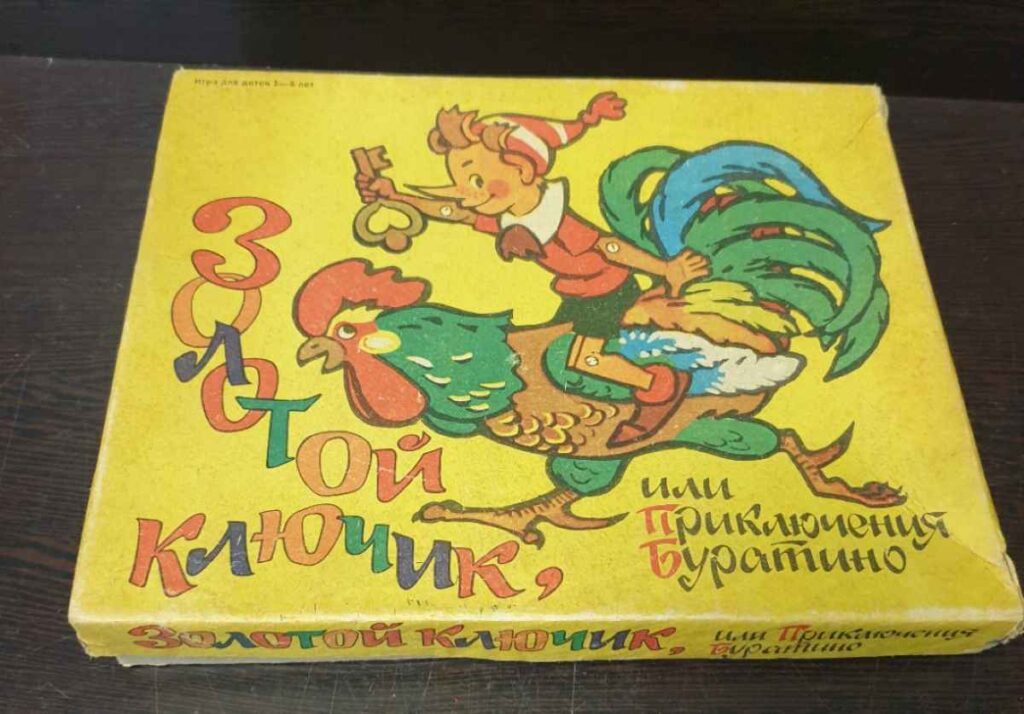
Released in the 70s–80s, this game featured a board and plastic figurines of the fairytale characters. The players had to help the heroes escape the villains Karabas Barabas, the Fox Alice, and the Cat Basilio.
From Morning to Evening
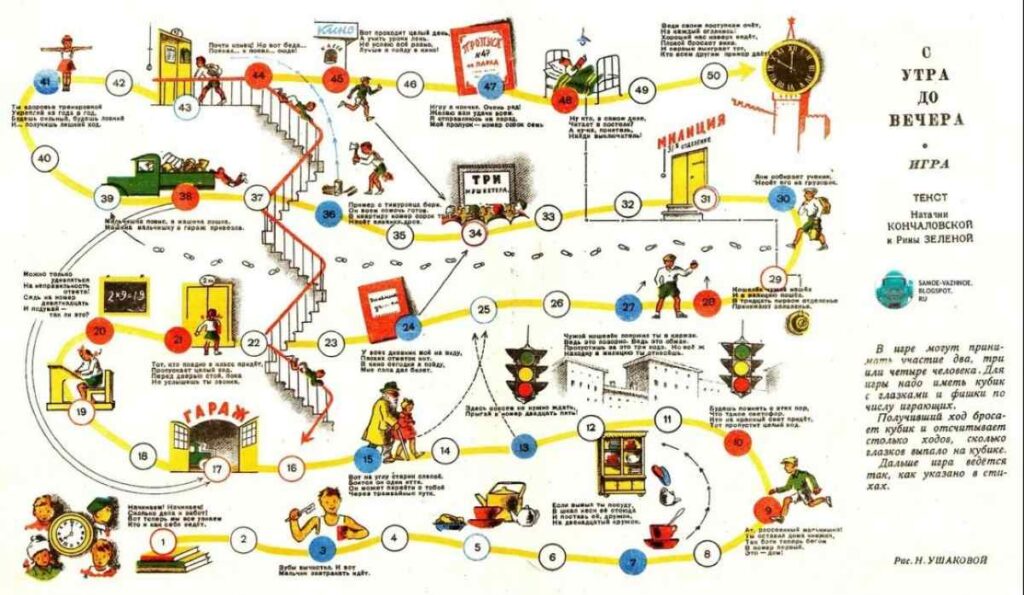
Popular in the 50s–60s, this game took players through a typical day with different tasks to complete. Each step featured a short poem with a moral lesson — something many still remember fondly.
Around the World Journey
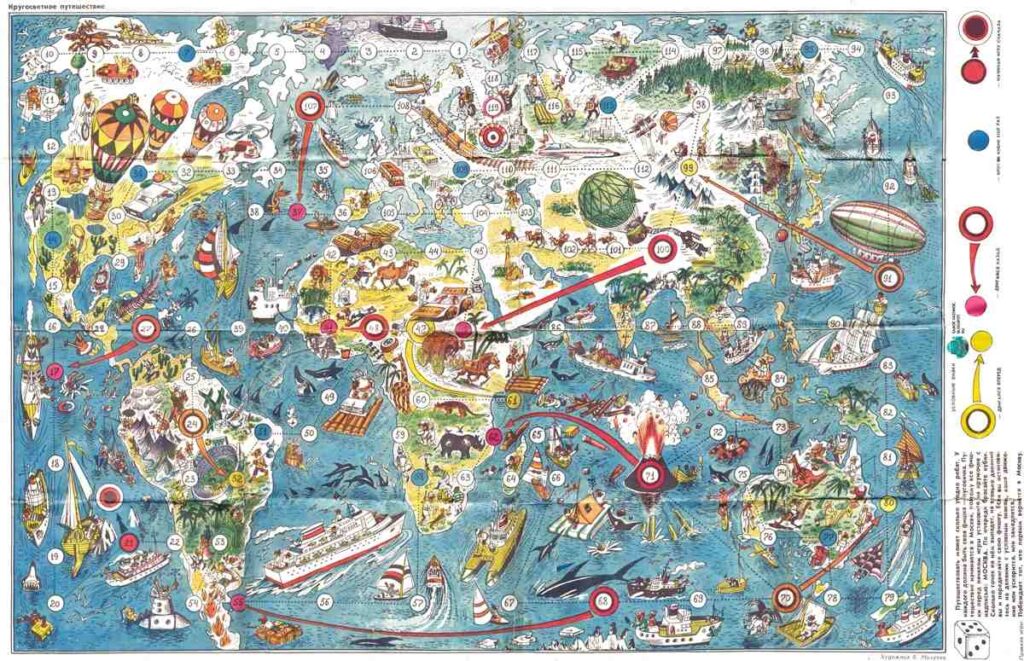
One of the games from the Funny Pictures magazine series. Others included “Big Space Journey” and “Let’s Go, Friends!”
Various Lotto Games
Although often associated with gambling, lotto was a popular pastime in the USSR for both adults and kids. Up to six people could play, making it a great party game. Besides the classic version with numbered barrels, there were many educational versions for children with pictures — teaching them about animals, household items, or even foreign languages.
Classic Soviet Lotto
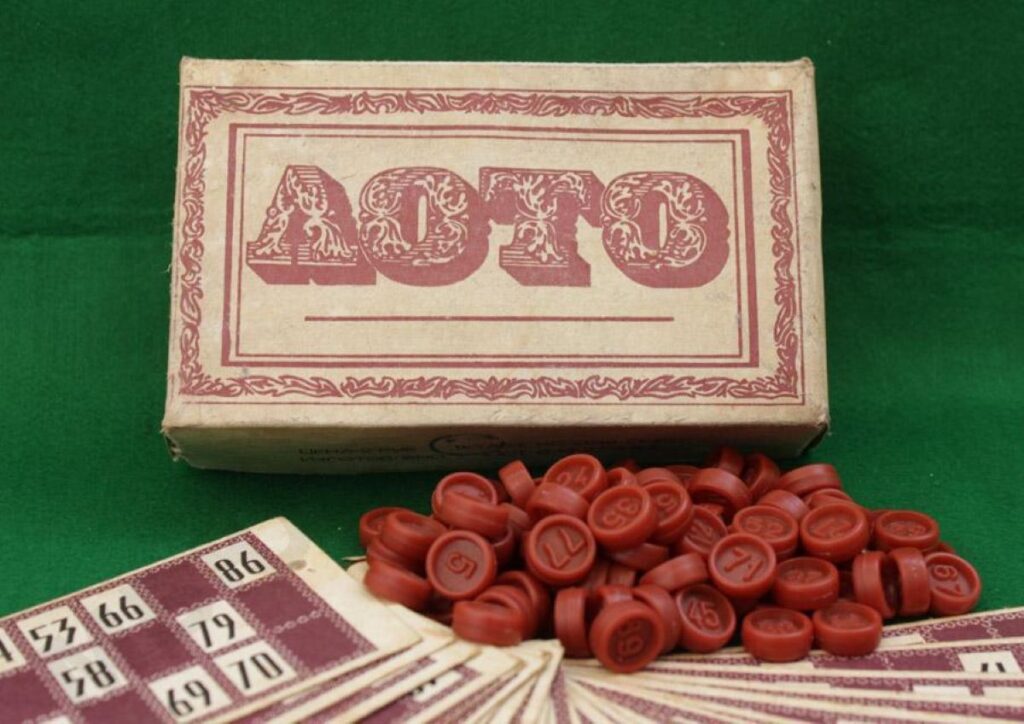
The set included game cards, numbered barrels made of wood or plastic, and a cloth bag. Many still search for this nostalgic game today!
Lotto for Toddlers
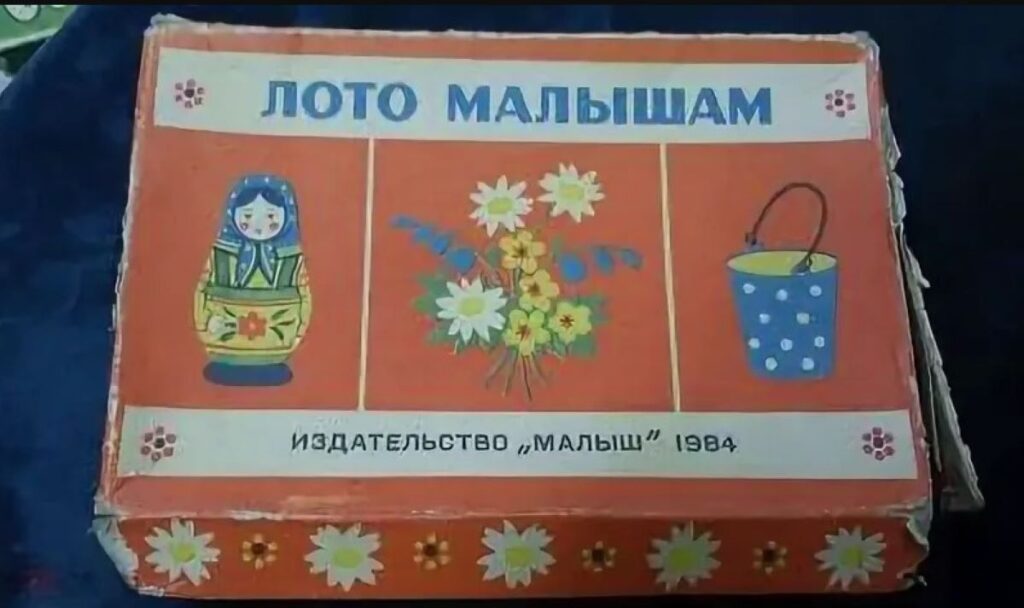
Recommended for kids aged 2–4, this game involved matching items on cards. Great for developing memory and reaction time — and still popular among parents today.
Lotto in Four Languages
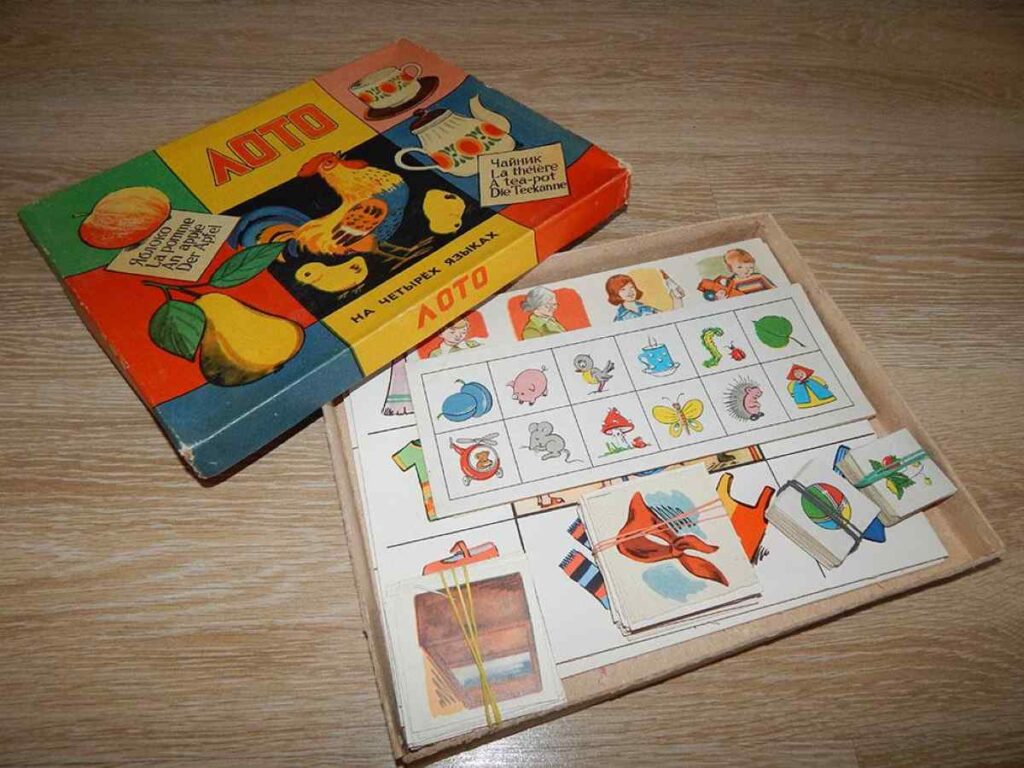
A unique game from 1986 designed to teach kids English, French, and German words. Up to nine people could play, and the leader had to know a foreign language (though it didn’t say which one specifically!).
Magnetic and Electric Quizzes
These quiz games, developed by Soviet engineers in the mid-20th century, were the precursors to modern electronic games. Electric versions required batteries and involved answering questions by pressing a probe to light up the correct answer. Magnetic ones were simpler but followed the same concept.
Forest Quiz
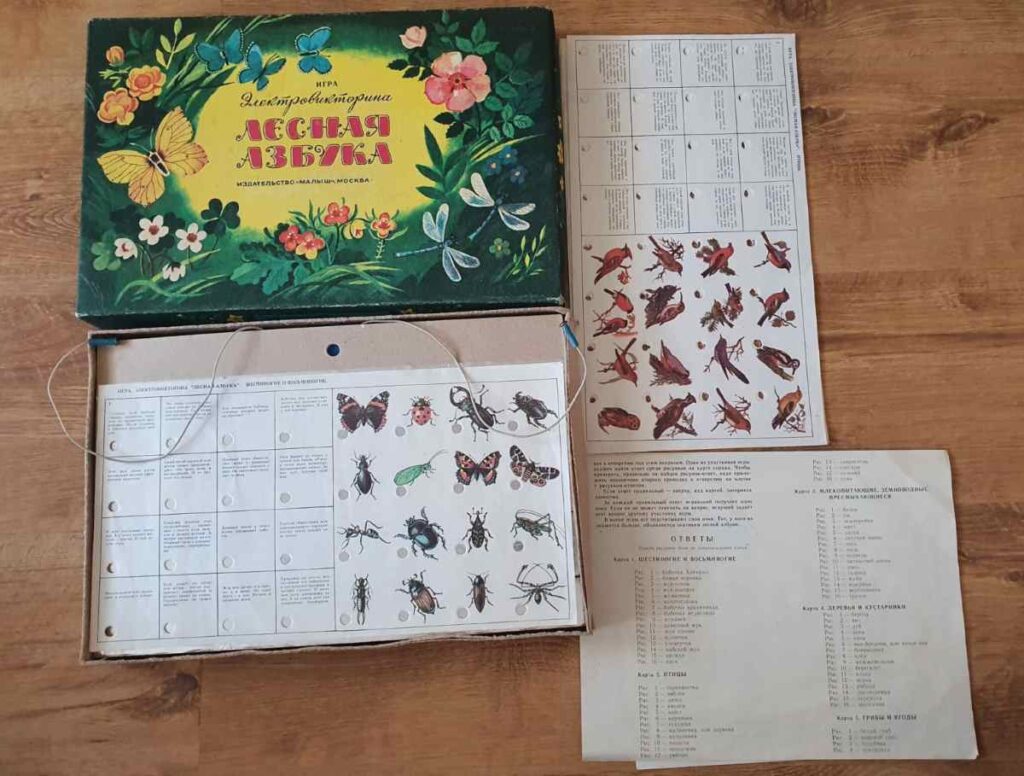
A great educational game that helped kids learn about animals and nature. The downside? You could cheat by looking at the wiring on the back and memorizing the answers.
Magnetic Quiz
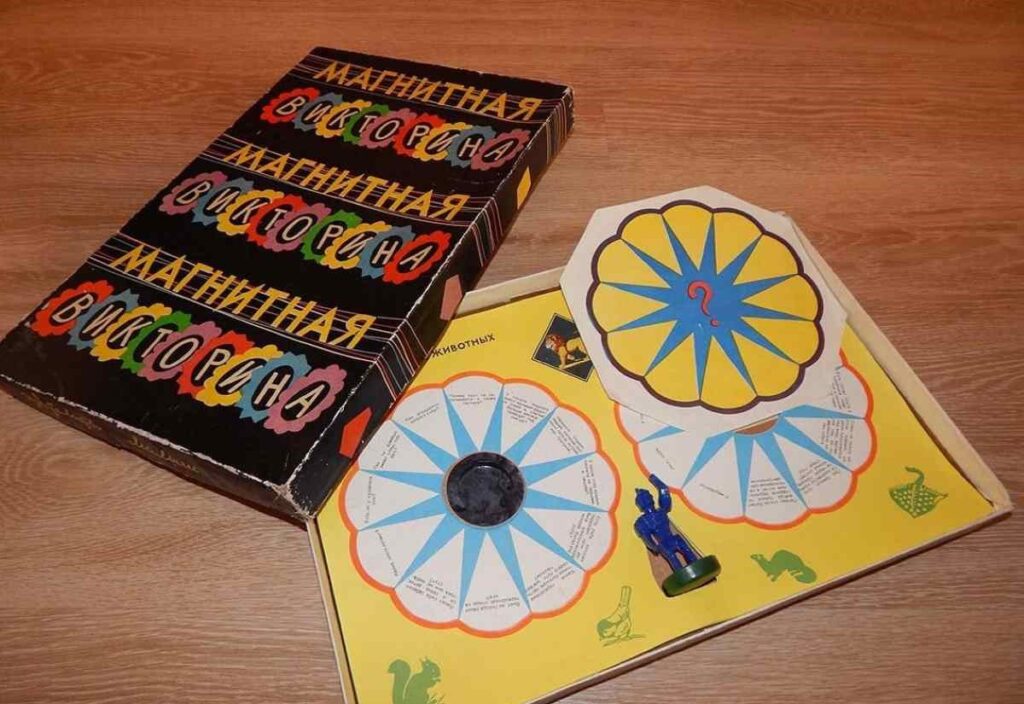
Since the 60s, this game included question cards on various topics — animals, space, math, physics, and more. A magnetic knight would “respond” to the player’s answers.
Check Your Answer
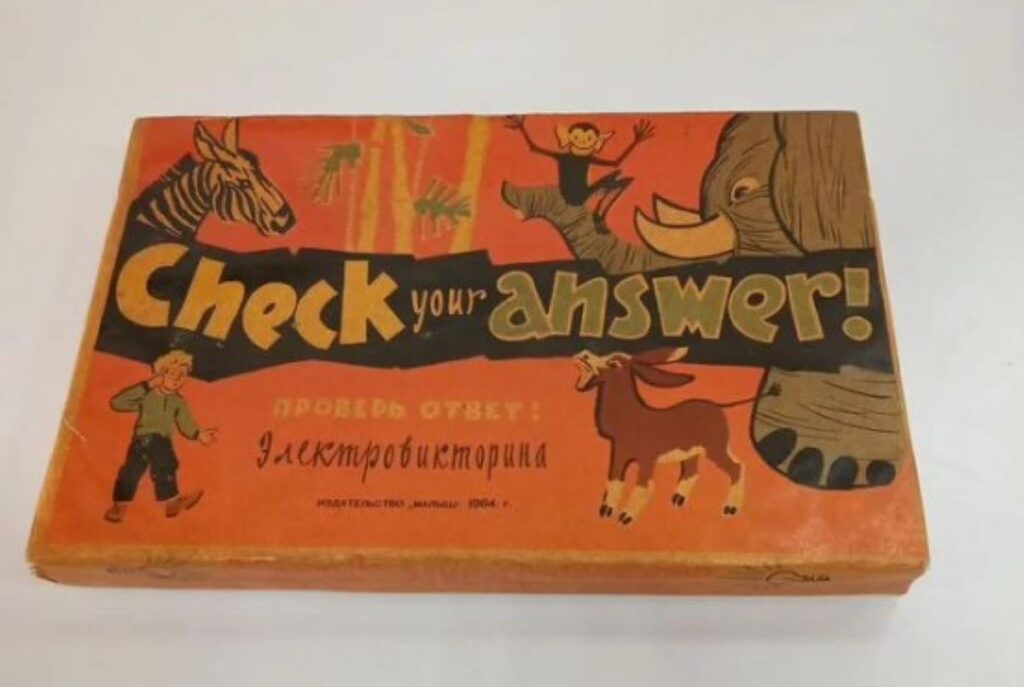
A language-learning version of the electric quiz. Players had to read English sentences and choose the correct translation — an excellent tool for students in the pre-app era!
Sports Games
When it comes to Soviet sports board games, hockey and football (soccer) come to mind first. But there were also games based on basketball, skiing, slalom, water sports, and car racing. Let’s focus on the most beloved ones — often played by groups of friends.
Hockey
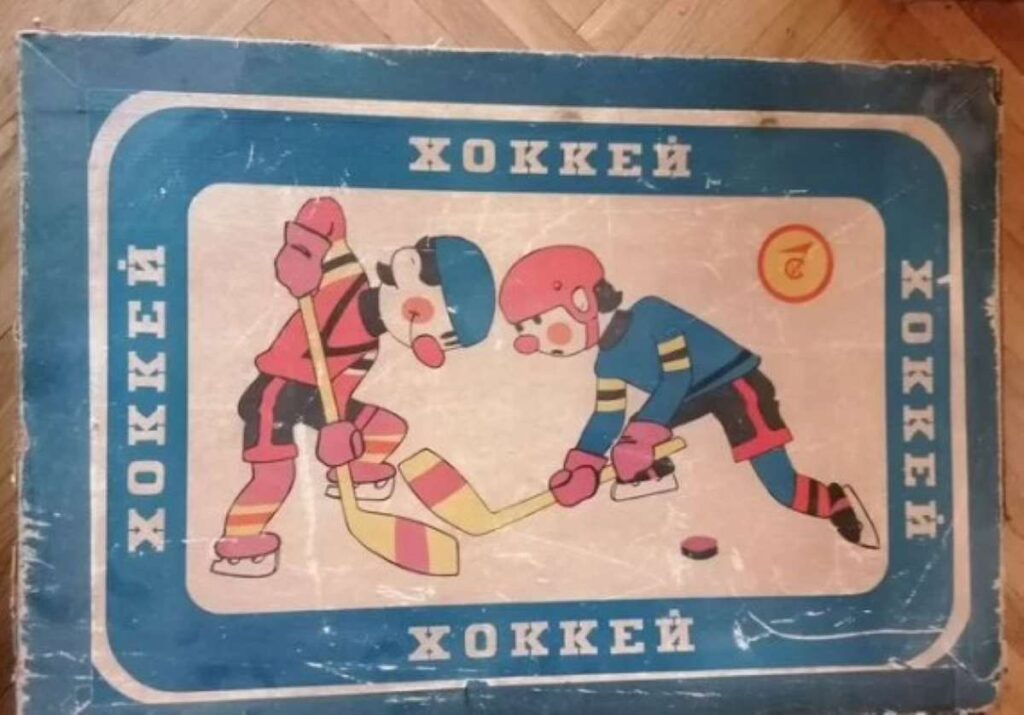
As ice hockey boomed in the USSR, this tabletop version became a favorite. Players used levers to move figures and score goals. The game has been re-released many times and is still around today.
Soccer
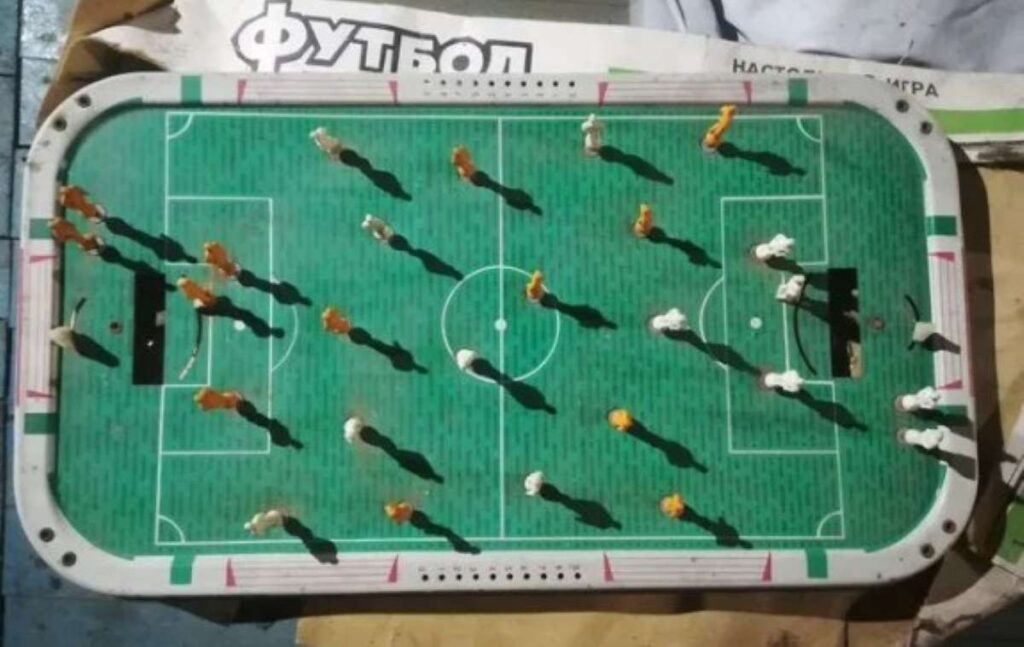
There were several versions over the years. In some, players were controlled by levers; in others, they moved using magnets underneath the board. It was common to see two kids playing while the whole neighborhood watched — just like at a real stadium!
Basketball
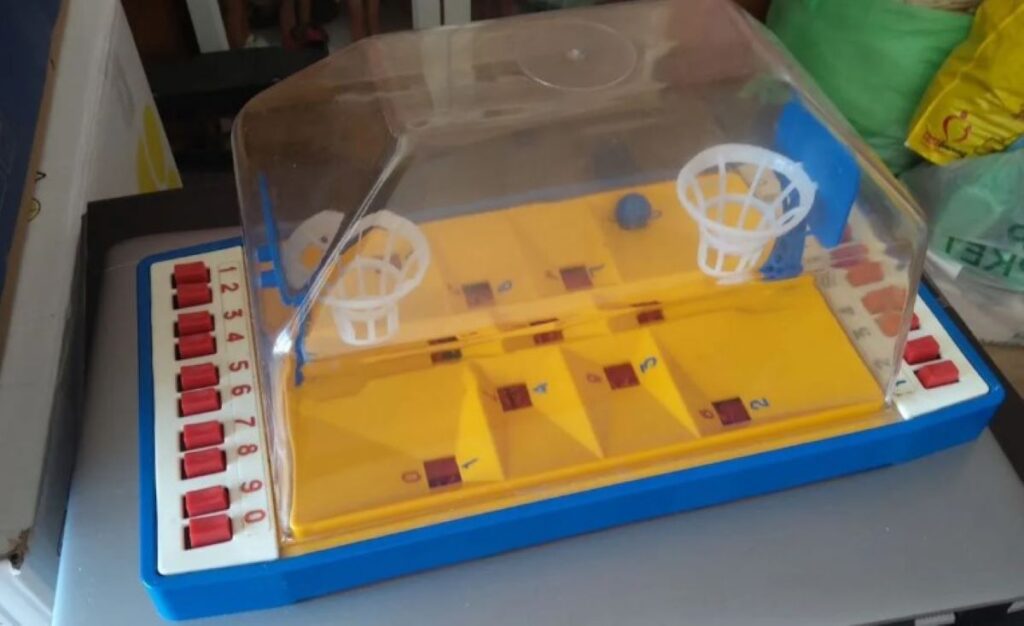
Less widespread but still fun. The goal was to launch the ball into the hoop using spring-loaded levers. Two players would compete to see who could score more baskets.
Economic Games
Money-based games emerged in the late 80s — the most famous being Manager, the Soviet version of Monopoly, created in 1988. These games spread quickly and became favorites among middle and high schoolers. Kids took them to summer camps, country houses, or their grandparents' homes. After all, when else could you become a millionaire — even if just pretend?
Manager
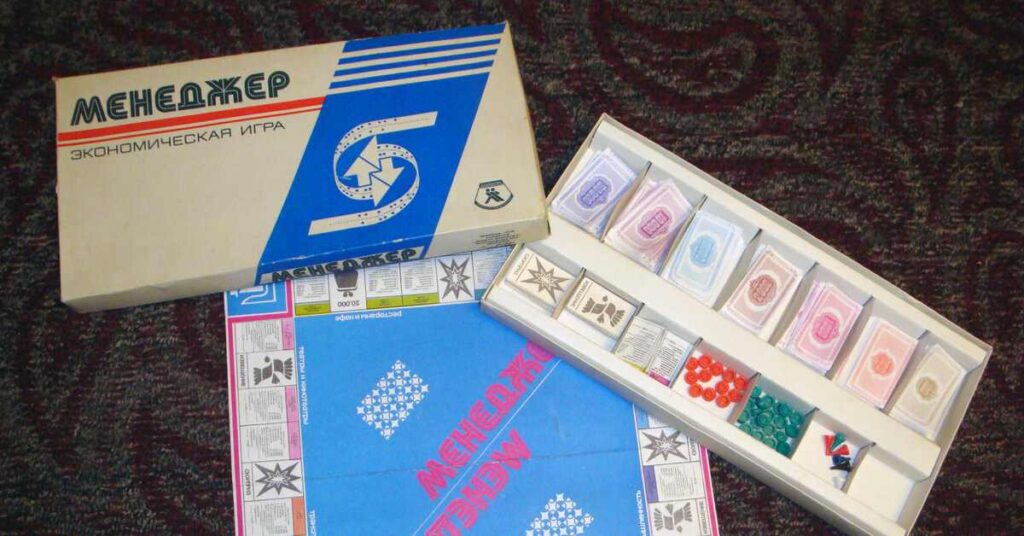
Often called “Soviet Monopoly,” this game let players buy and manage real-life locations like factories and stadiums. It was a hit and inspired many similar games like NEP, Cooperative, Businessman, Stock Exchange, and Empire.
It was a hit and inspired many similar games like NEP, Cooperative, Businessman, Stock Exchange, and Empire.
Businessman
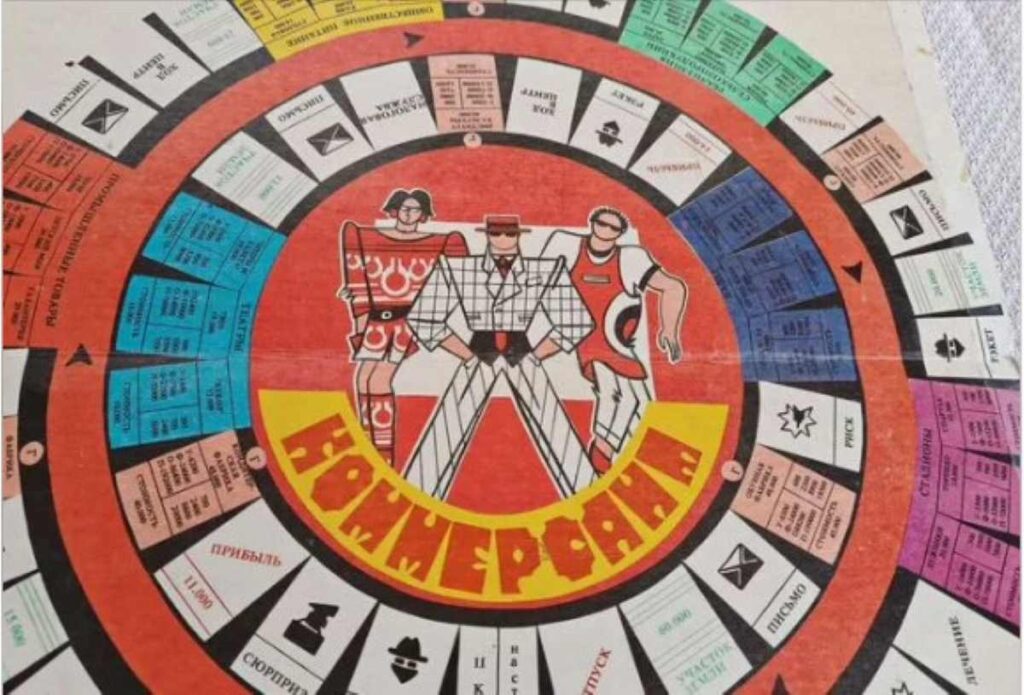
Another take on financial board games — this one included racketeering, risky investments, and the chance to lose everything. It came in different versions, with round or rectangular boards.
These classic Soviet games have stood the test of time — many are still played today by kids and teens. If you’re feeling nostalgic, check out our articleon memorable quotes from Soviet cartoons!
At our school, we offer classes for children of Russian-speaking parents living abroad who want their kids to connect with Russian culture and speak the language fluently. You can try a free lesson — just fill out the form below:






